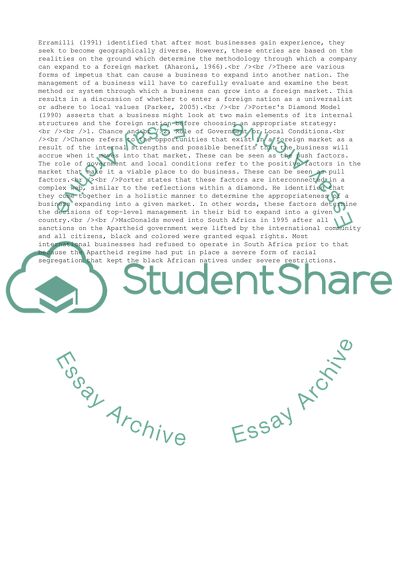Cite this document
(International Business Strategies: MacDonalds and Tesco Case Study Example | Topics and Well Written Essays - 1500 words, n.d.)
International Business Strategies: MacDonalds and Tesco Case Study Example | Topics and Well Written Essays - 1500 words. https://studentshare.org/business/1773019-international-business-strategies
International Business Strategies: MacDonalds and Tesco Case Study Example | Topics and Well Written Essays - 1500 words. https://studentshare.org/business/1773019-international-business-strategies
(International Business Strategies: MacDonalds and Tesco Case Study Example | Topics and Well Written Essays - 1500 Words)
International Business Strategies: MacDonalds and Tesco Case Study Example | Topics and Well Written Essays - 1500 Words. https://studentshare.org/business/1773019-international-business-strategies.
International Business Strategies: MacDonalds and Tesco Case Study Example | Topics and Well Written Essays - 1500 Words. https://studentshare.org/business/1773019-international-business-strategies.
“International Business Strategies: MacDonalds and Tesco Case Study Example | Topics and Well Written Essays - 1500 Words”. https://studentshare.org/business/1773019-international-business-strategies.


